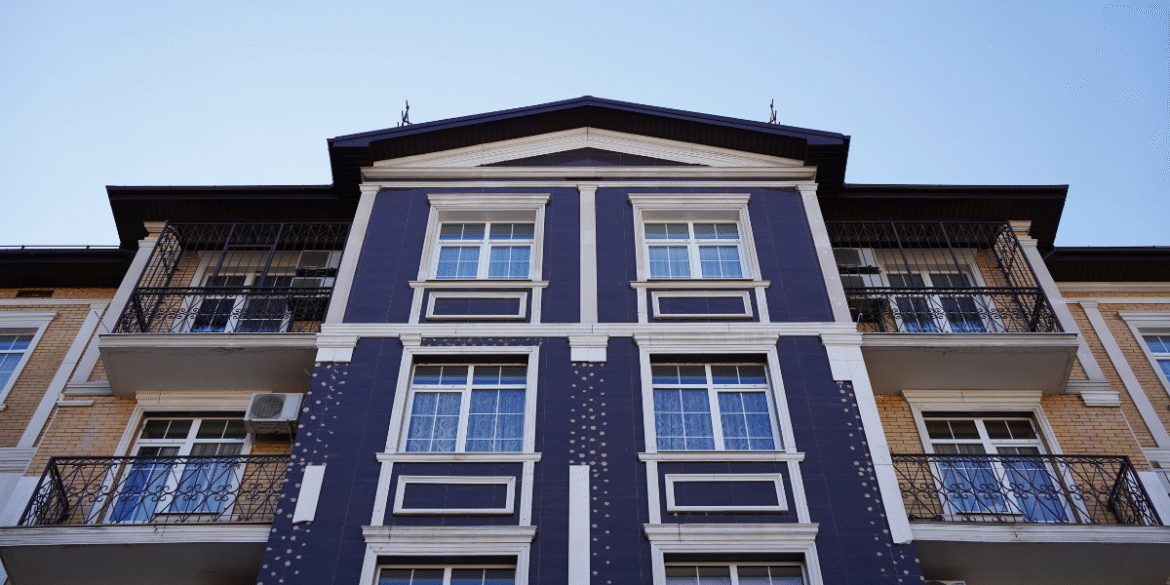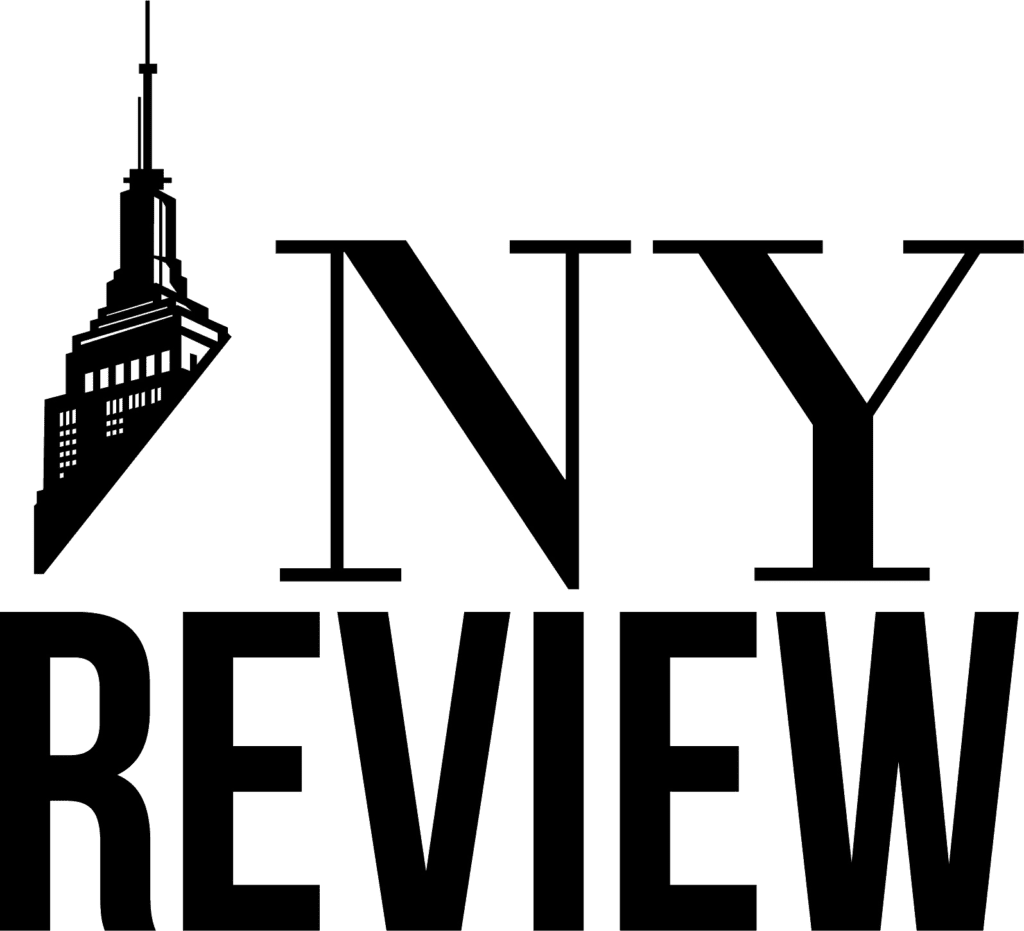New York City has long been a symbol of opportunity, diversity, and cultural vibrancy. However, over the past few decades, it has also become synonymous with skyrocketing rents and a growing affordability crisis that leaves many of its residents struggling to make ends meet. As rents continue to climb, particularly in neighborhoods undergoing rapid gentrification, the city is grappling with how to maintain its character and ensure that all New Yorkers have access to affordable housing. In response, lawmakers, developers, and city officials have launched a series of initiatives designed to address this mounting challenge and foster a more equitable urban future.
The Housing Crisis: A Growing Concern
New York City’s housing market has been under intense pressure for years. According to the most recent reports from the U.S. Census Bureau and the NYC Department of Housing Preservation and Development (HPD), the median rent in Manhattan has surged to over $4,000 per month, while other boroughs such as Brooklyn and Queens have seen similar increases. The rise in rent prices disproportionately impacts low- and middle-income families, pushing many out of long-standing communities and leaving them with fewer affordable options. The result? Many residents are being forced to relocate further away from their jobs, schools, and cultural ties — all while facing longer commutes and increased living costs.
As housing affordability becomes a critical issue, the city’s leadership is increasingly focused on long-term solutions that aim to curb displacement and promote a more sustainable and inclusive urban development model.
A Shift in Policy: New Initiatives for Affordable Housing
In response to the growing crisis, New York City’s lawmakers have introduced a set of innovative initiatives that take a multifaceted approach to addressing the affordable housing issue. These initiatives focus not only on increasing the supply of affordable units but also on preserving existing affordable housing stock and ensuring that new developments are accessible to all income levels.
1. Expanding Rent-Stabilization Programs
One of the central tenets of New York City’s strategy is the expansion and preservation of rent-stabilized housing. Rent stabilization programs — which cap rent increases for a certain group of properties — have long been an essential part of the city’s affordable housing landscape. In 2025, city officials are advocating for broader rent control measures, especially in neighborhoods most at risk of gentrification. New legislation aims to strengthen the rent stabilization laws, ensuring that more properties qualify for rent stabilization and that the program reaches a greater number of tenants.
In addition to legislative efforts, the city is pushing for stronger enforcement mechanisms to prevent landlords from circumventing rent stabilization regulations, which will offer greater stability to thousands of tenants.
2. Affordable Housing Development on Public Land
Another key strategy being rolled out is the increased use of city-owned land for affordable housing development. New York City has an extensive portfolio of underutilized or vacant public properties, including old schools, government buildings, and even vacant lots. By leveraging this land, the city can promote more affordable housing projects without displacing existing communities or contributing to the inflationary pressures of the private market. These developments are expected to set aside a significant percentage of units for residents making up to 60% of the area median income (AMI), a threshold used to define affordable housing eligibility.
This approach not only addresses the pressing need for more affordable housing but also reduces the reliance on private developers whose projects may prioritize luxury units over affordable options.
3. Incentivizing Affordable Units in Market-Rate Developments
While the city works to build more affordable housing on its own, it also needs to ensure that new private-sector developments contribute to solving the affordability problem. The recently passed Housing for All legislation introduces new incentives for developers to include affordable units in market-rate housing projects. This policy seeks to make it more financially viable for developers to integrate affordable housing into their plans, while also guaranteeing that the city receives a substantial percentage of affordable units in major new developments.
Additionally, the city’s Department of Housing Preservation and Development has introduced a new affordable housing fund aimed at supporting developers who choose to build in neighborhoods at risk of gentrification. This fund helps subsidize construction costs for affordable housing units and provides financial backing to developers committed to long-term affordability.
4. Zoning Reforms and Density Increases
To promote higher-density developments and alleviate the burden on existing housing stock, New York City is also pursuing zoning reforms. Changes to zoning laws would allow for taller, denser buildings in areas that currently have lower building allowances. These reforms aim to make more land available for housing, particularly in areas that are historically underserved by affordable housing options. The goal is to foster the development of mixed-income neighborhoods that blend market-rate and affordable housing, making it possible for families from different socioeconomic backgrounds to live in close proximity.
While the zoning changes have drawn some opposition from residents concerned about neighborhood character and infrastructure strain, proponents argue that they are essential to addressing the city’s housing shortage.
The Challenge of Gentrification
One of the most pressing concerns surrounding these new housing initiatives is the ongoing issue of gentrification. As New York City’s neighborhoods experience rising property values and increased demand for housing, long-time residents, particularly low-income renters and communities of color, are at risk of being priced out. The influx of new residents with higher incomes and the development of luxury housing can lead to the displacement of vulnerable populations, exacerbating the affordability crisis.
To mitigate these effects, the city’s initiatives also include a focus on anti-displacement measures. This includes efforts to increase tenant protections, such as rent freezes and more extensive rent subsidies for those most at risk of displacement. Additionally, the city is ramping up its investment in public infrastructure and community-based organizations that help support displaced individuals and families in securing new housing and access to city services.
Collaborating for Success: Public and Private Sector Partnerships
New York City’s efforts to tackle the housing crisis also rely on collaboration between the public and private sectors. The city’s initiatives are being rolled out in partnership with private developers, non-profits, and affordable housing advocacy groups. By working together, these stakeholders aim to ensure that the policies are both practical and effective in expanding affordable housing while maintaining the city’s diversity and inclusivity.
As Mayor Eric Adams noted in a recent speech, “Affordable housing isn’t just about building homes, it’s about building communities. We need to make sure that New York remains a city where everyone — from all walks of life — has a place to call home.”
Moving Forward: A Long-Term Solution
The battle for affordable housing in New York City is far from over, and while the city’s latest efforts represent a significant step forward, there’s still much work to be done. As rents continue to rise and the city’s population grows, it will be crucial for these initiatives to evolve and adapt to meet the changing needs of New Yorkers. The focus must remain on balancing growth with equity and fostering a city where all residents, regardless of income, can live comfortably and thrive.
New York City’s renewed push for affordable housing is a testament to the resilience of its people and the city’s commitment to remaining a beacon of diversity and opportunity in an era of rapid urban change. However, the real challenge lies in ensuring that the vision for a more affordable and inclusive New York is realized — one policy, one project, and one community at a time.


